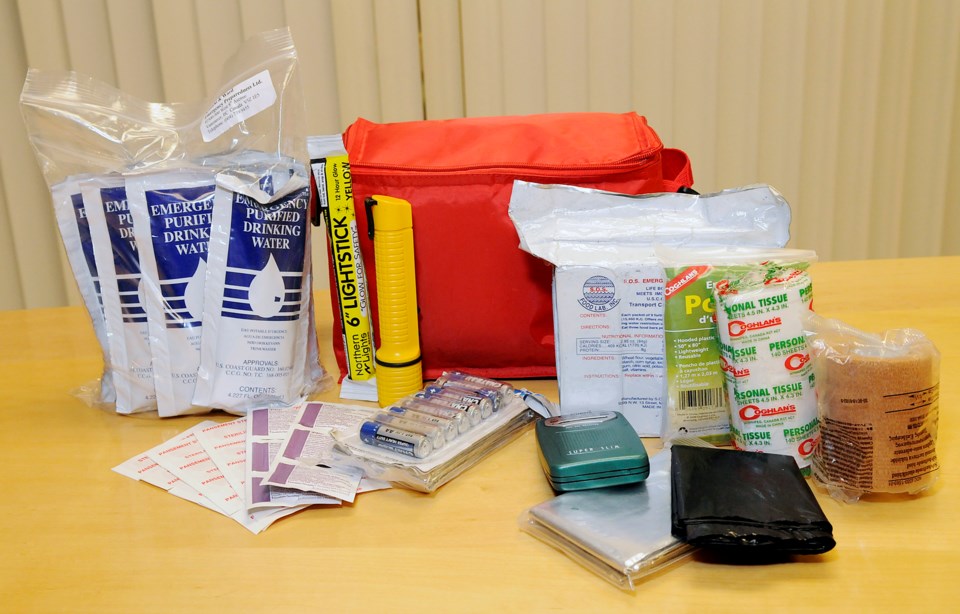Last week’s startling earthquake off the east coast of Vancouver Island not only woke up many Tri-City residents, it shook off any doubt about the need to be more prepared.
The 4.3-magnitude quake was unusual in that it occurred near Sidney, between the island and the mainland, not west of Vancouver Island, out in the ocean, where most quakes typically originate.
In fact, according to the Geological Survey of Canada, the Pacific Coast is the most earthquake-prone region of Canada, with most of the more powerful quakes taking place west of Vancouver Island, where there have been more than 100 earthquakes of magnitude 5 or greater during the past 70 years.
But last week’s quake was relatively close to home, so many people felt the jolt. The problem is that they most likely went to social media to share the news but didn’t think past that to an emergency plan to get them through a natural disaster safely.
This is a reaction that one would expect. People have been warned The Big One is coming for years and are tired of the scaremongering. Hearing annually that the sky is falling probably keeps people from taking warnings seriously.
So what can be done?
One suggestion would be to reach out to Block Watch organizers, non-profit groups such as Rotary and Scouts and strata council presidents with incentives to get them to take more of an interest in organizing their neighbourhoods or condo complexes for a natural disaster or emergency.
These groups could also be offered discounts on emergency supplies. As with anything, it’s the keeners who will be most likely to make an effort while everyone else waits for things to be done.
Perhaps, the best idea is not to assume people will take precautions but to assume people won’t be ready for 72 hours, as is suggested, and consider strategies to take human procrastination into consideration.



